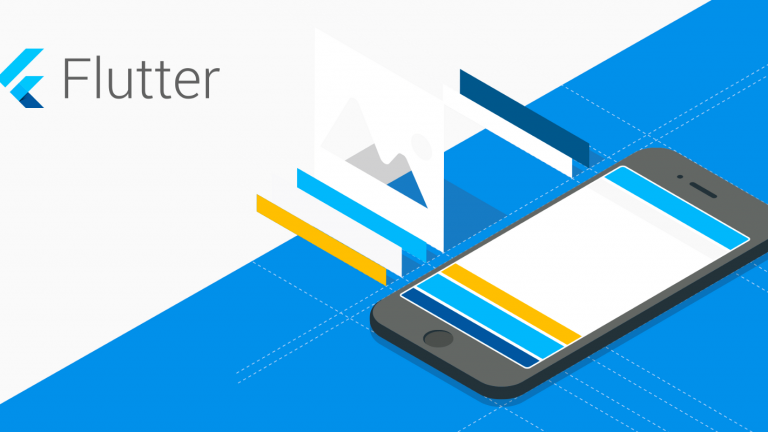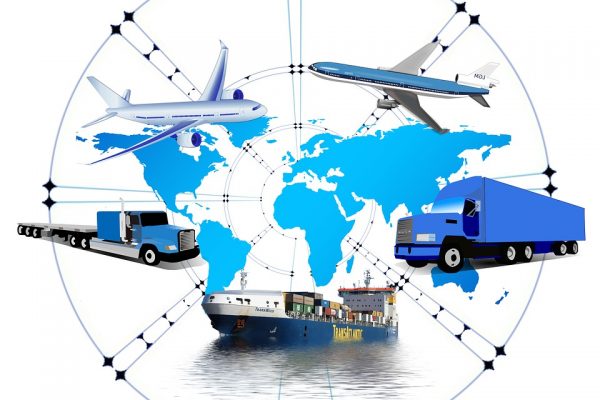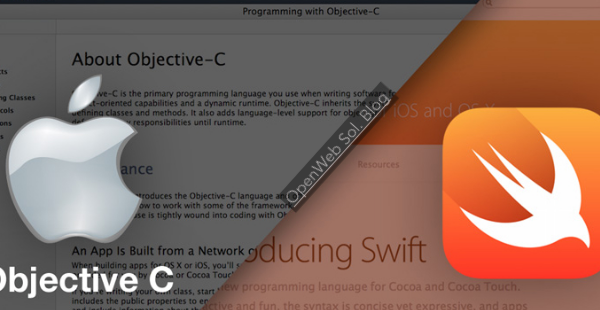What is Flutter?
Flutter is Google’s modern development kit designed to build mobile apps for Android, iOS, and Google Fuchsia. A new platform that’s being developed by Google.
Hot reload
One great thing about Flutter is hot reload. Developers can see all the changes they’ve made to the code right away in the app. It takes just seconds to see changes, so teams can quickly add new features, fix bugs, and do an experiment. Hot reload allows for higher collaboration between developers and designers once they need to boost. However the app appearance and check effects right away. There are some limitations to hot reloading, though.
With native app development, you need to wait up to several minutes to see every change you make.
Cross-platform development
Cross-platform development allows building an app for two platforms. You can build just once, have one codebase, and use that one codebase for two applications. Besides cross-platform development, Flutter can give you a start on developing for the Fuchsia platform. Fuchsia is an experimental operating system in development at Google. Many think that Fuchsia is the future replacement for Android.
Perfect for an MVP
If you want to show your product to investors as soon as possible, you can build a Flutter mobile application that looks native on both Android and iOS. Thus, your investors can have a transparent plan of what your MVP seems like. Developing two separate apps would take much more time and money.
Less code
The programming language of Flutter is Dart. Dart is object-oriented and strongly typed. Flutter resembles React Native, and its programming vogue is reactive and declarative. Flutter doesn’t get to use a JavaScript bridge, which improves app startup times and overall performance. Dart achieves this thanks to Ahead-of-Time, or AOT, compilation. Dart also makes use of Just-in-Time, or JIT, compilation. JIT compilation with Flutter improves the event workflow by providing a hot reload capability to refresh the UI throughout development while not the requirement for a wholly new build. Flutter means less code. And where there’s less code, there are fewer bugs. With Dart, 100 percent of the code is sometimes shared between iOS and mechanical man apps.
Widgets
Widgets are necessary for an app’s view and interface. They must have a natural look and feel regardless of screen size. They also must be fast, extensible, and customizable. Flutter takes everything’s a widget approach. It has a rich set of widgets and extensive capabilities for creating complex custom widgets. In Flutter, widgets aren’t only used for views. They’re also used for entire screens and even for the app itself.
As Flutter’s documentation puts it, each widget is an immutable declaration of part of the user interface. Other frameworks separate views, read controllers, layouts, and different properties. Flutter, on the other hand, has a consistent, unified object model: the widget.
A widget can define:
a structural element (like a button or menu);
a rhetorical part (like a font or color scheme);
an aspect of the layout (like padding);
and so on.
Widgets form a hierarchy based on their composition. Each widget nests inside of and inherits properties from its parent.
Flutter has a full set of widgets in Google’s Material Design and in Apple’s style with the Cupertino pack. Widget rendering happens directly in the Skia engine without using Original Equipment Manufacturer widgets. So we have a tendency to get a power tool UI expertise compared with alternative cross-platform frameworks.
All that the framework needs from the platform is a canvas in which to render the widgets so they can appear on the device screen and access to events (touches, timers, etc.) and services (location, camera, etc.).
Access to native features
Some platform-specific functions like camera and geolocation need access to native options. These functions need to be implemented by means of native languages, and Flutter gives the feel of developing on the native platform.
Flutter allows you to reuse your existing Java, Swift, and Objective-C code to access native features and SDKs on iOS and Android.
Official support
Since Flutter is Google’s initiative, the framework features a megastar behind it. There’s great support from the Material Design team and a community of over 1000 developers who are willing to contribute to the growth of this framework.
Easy to set up
Flutter is easy to set up and start coding on low-end machines. You don’t need to be worried that your operating system won’t be able to handle Flutter. Quite the contrary, Flutter doesn’t require a powerful machine.
Android Developer at Openweb Solutions






